About the project
The design of Phoelamp was an individual project that focused on the themes of growth and change. The aim was to create a poetic and lively feel, which led to the choice of using transformable Nitinols as the main material. Nitinol wires were pre-formed into specific shapes, and once a current passes through them, they are heated up to 113 ℉, causing them to undergo a transition. The LED lighting slowly brightens, causing the wing to gently roll up into a circle, much like a bird being awoken and coming to life.
Project Info
Time
Oct, 2015 - Dec, 2015
Course
IPD551 Design Process
Program
Integrated Product Design, University of Pennsylvania
Tools
Software
Illustrator
Materials
Artpaper, Glue
Paint, ABS tube
Cedar wood
Nitonols, LED light strip, Batteries, Wires, Switch
Ideation
Keywords
- Livingness
- Poeticness
- Transformation
Inspirations


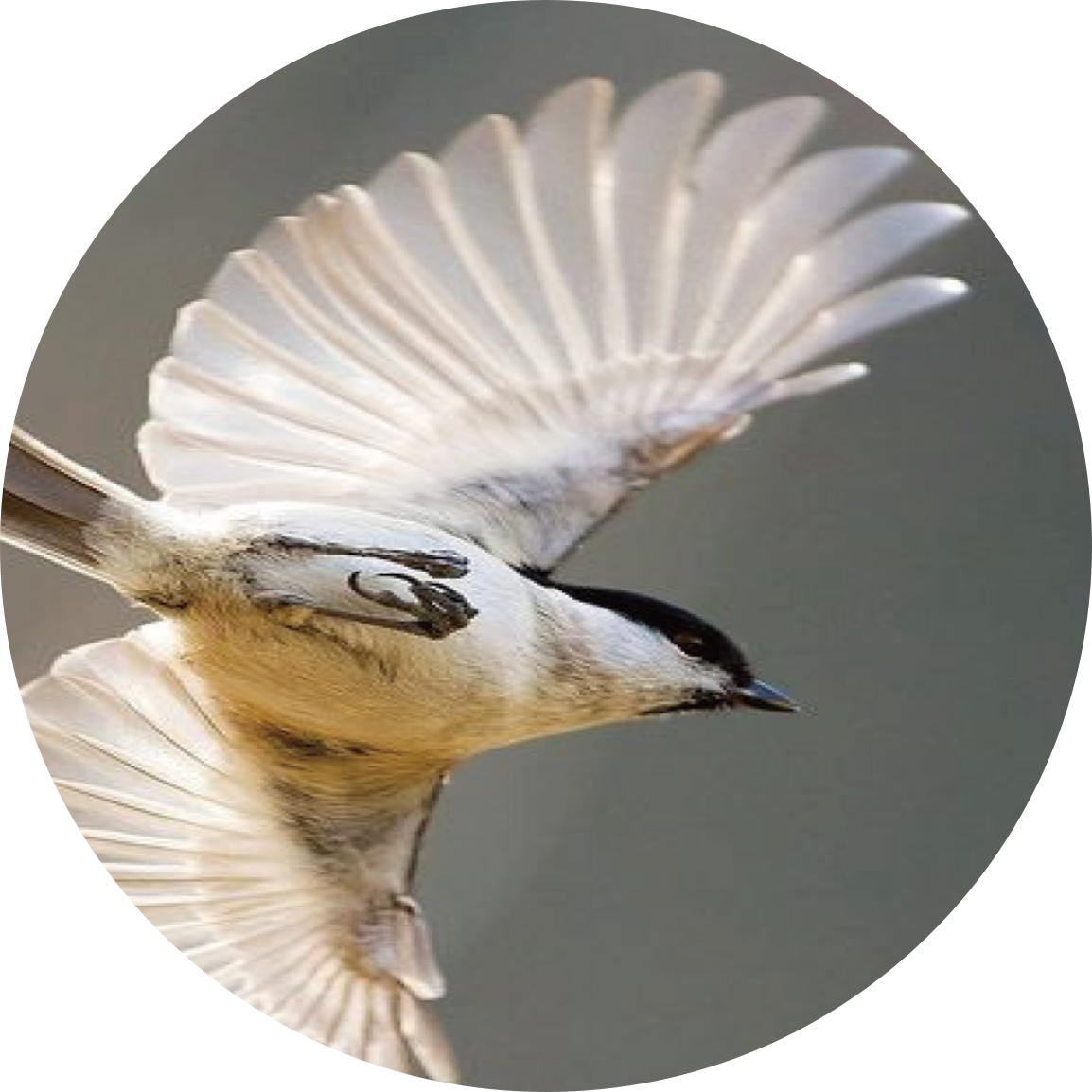
Product Showcase


When the light is off
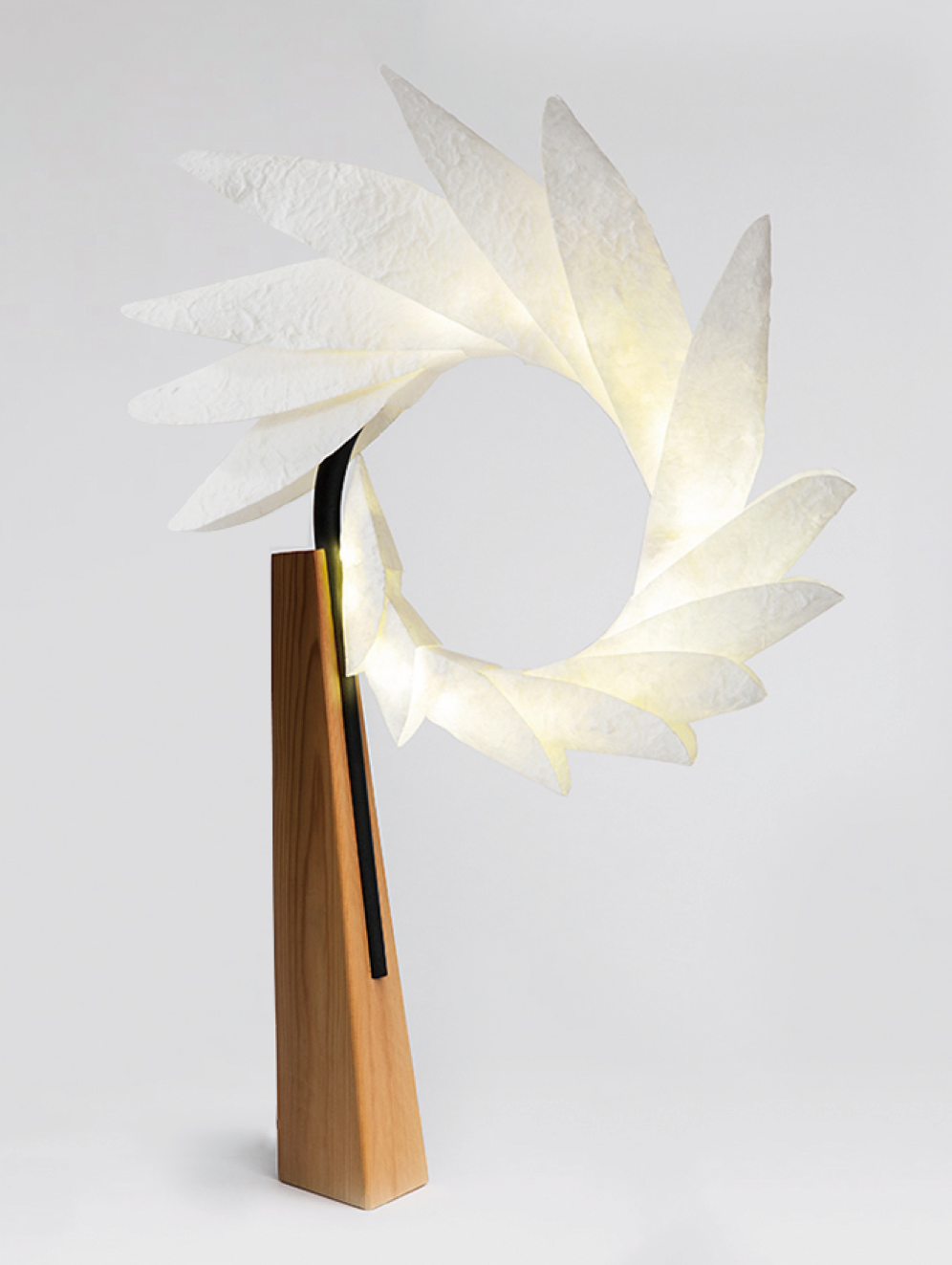
When the light is on
Textures

Paper texture

Cedar wood texture
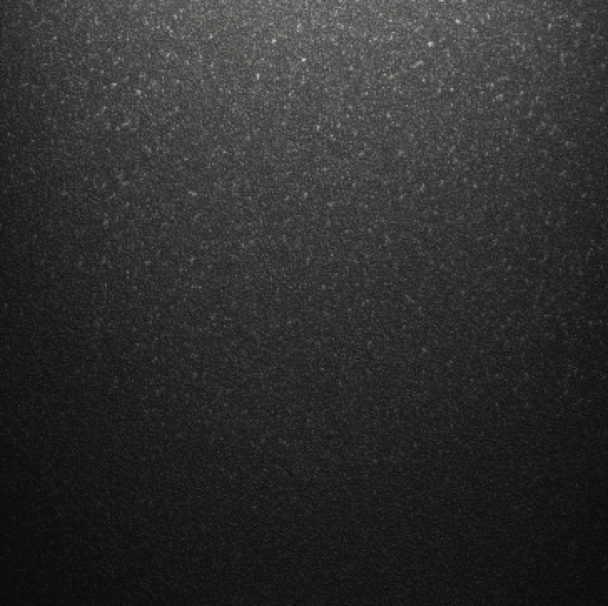
Dull polish texture
Manufacture
How it was made
The Nitinol wires were pre-set to the same shape and bound together to generate enough force to move the paper shells.
An ABS tube was bent and used to connect the upper part to the wooden base, allowing the wires and other electronic components to go through it and into the wooden body.
White glue was applied to strengthen the artpaper.
Challenges
A few challenges occurred during that process:
- The Nitinol wires had to be kept parallel and not touching at any point to prevent the generation of high heat at the contact point.
- Determining the appropriate voltage for the wires required multiple trial-and-error attempts.
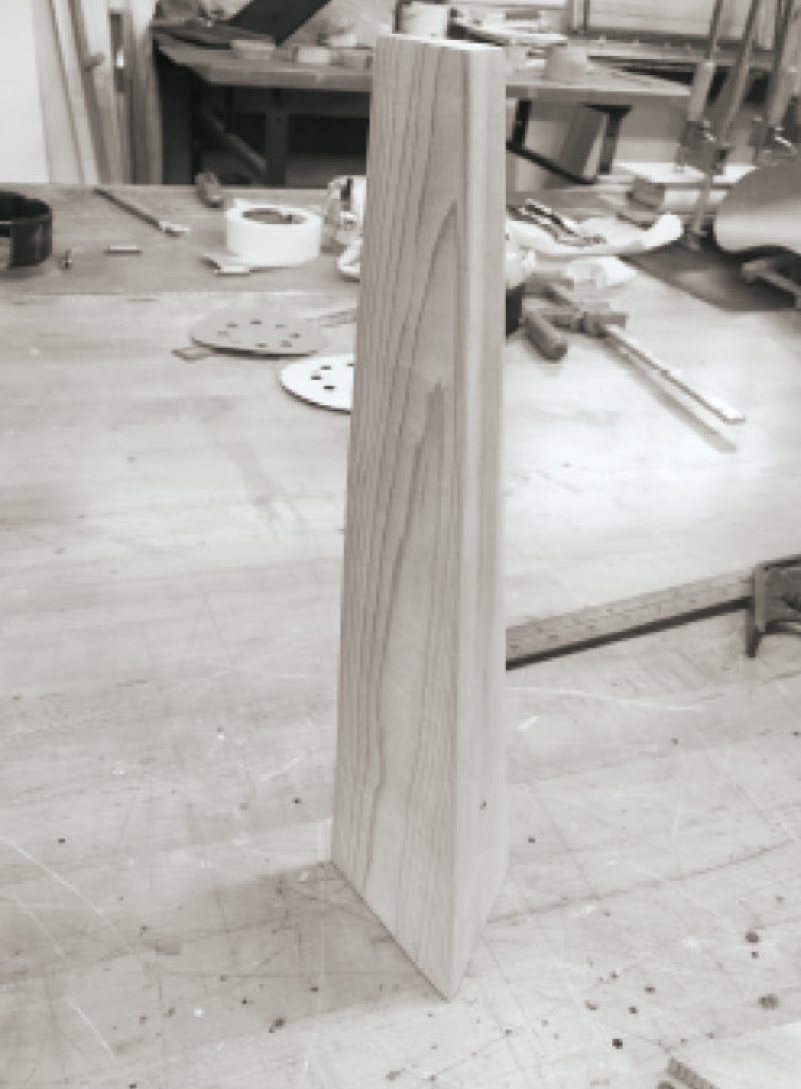



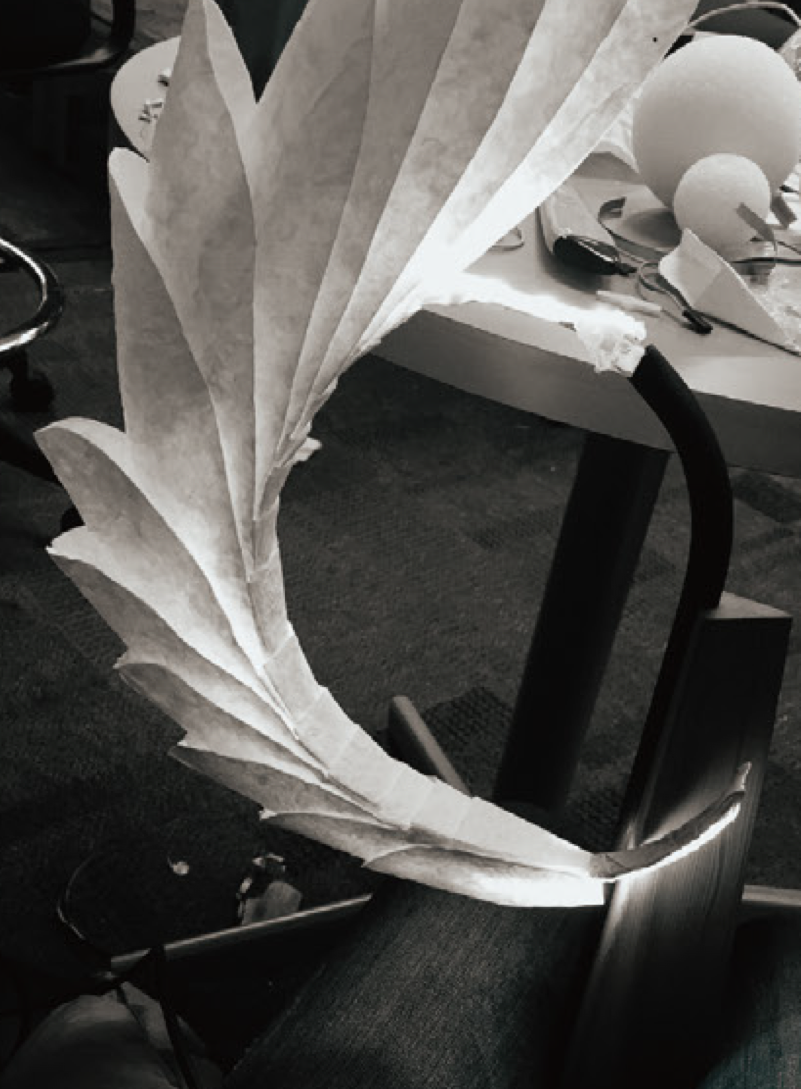
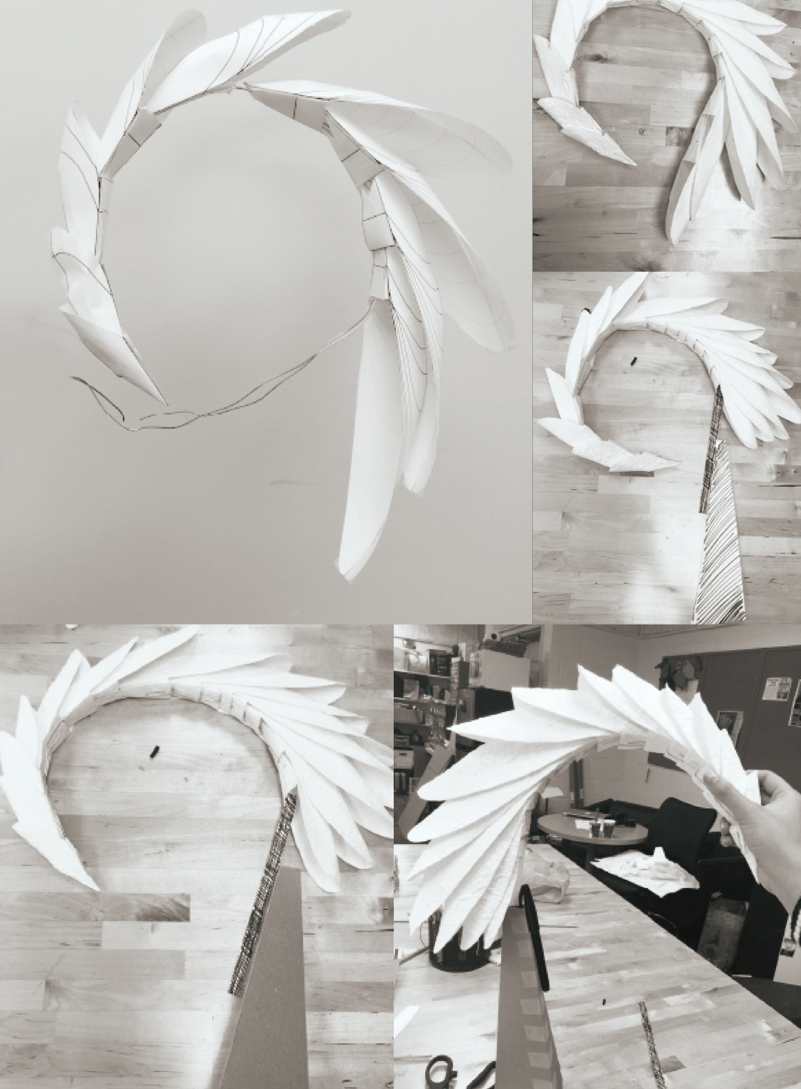

Flat patterns of the lampshade

Binding the wires and LED strip together. The LED strip will be bent by the force of Nitinols when current goes through.
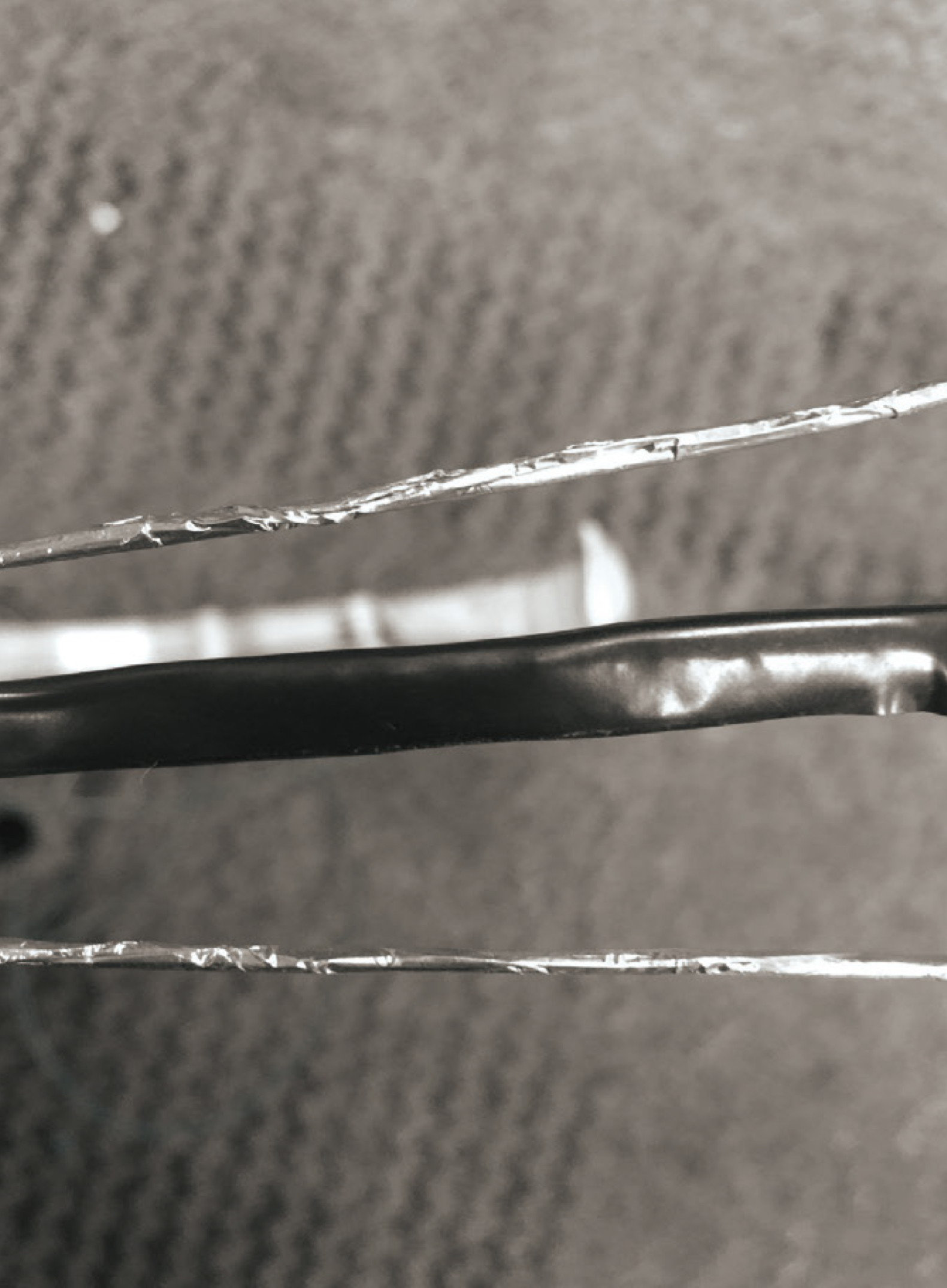
Nitinols are connected in series. They are positioned in parallel to avoid contacting.
